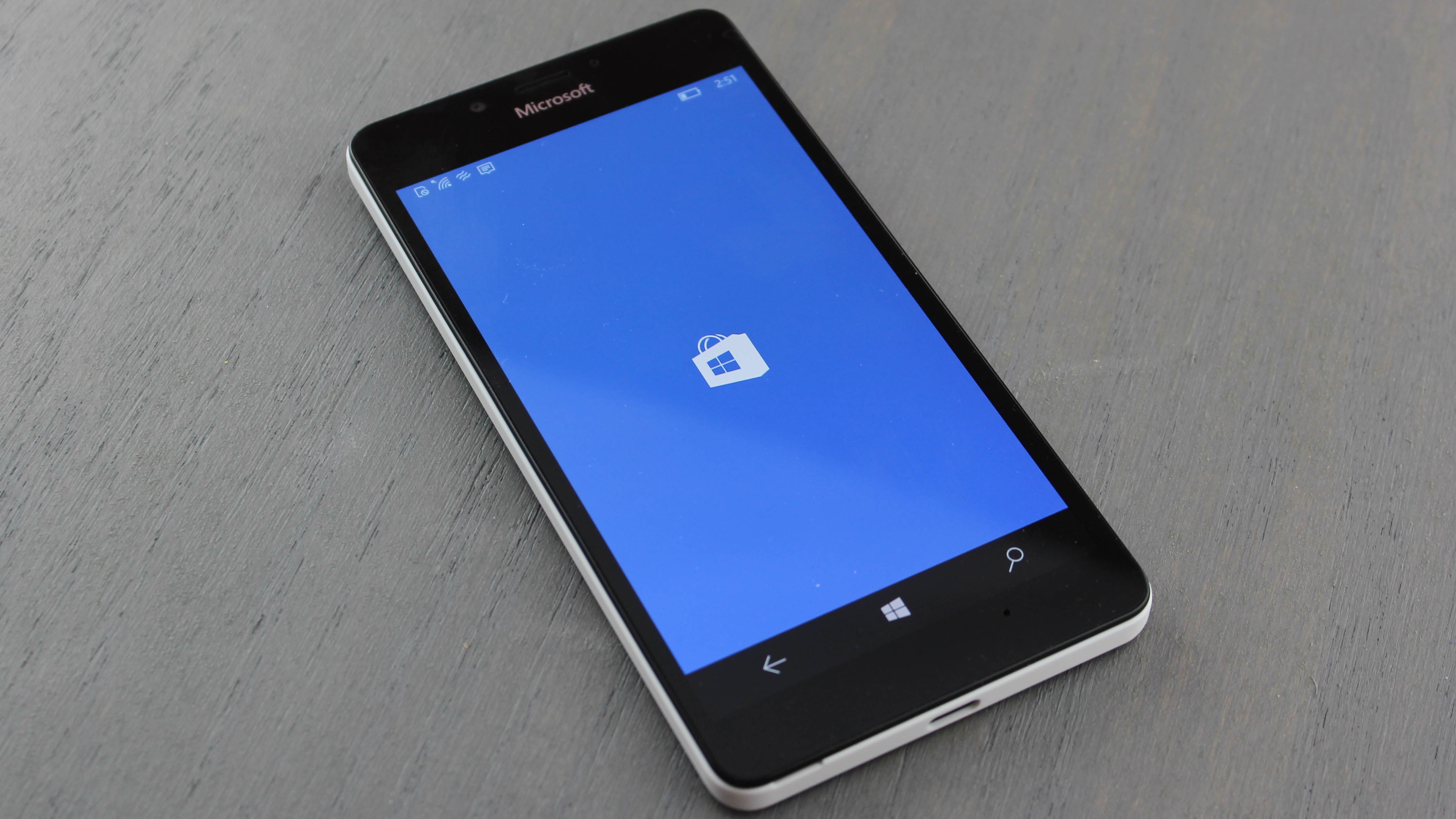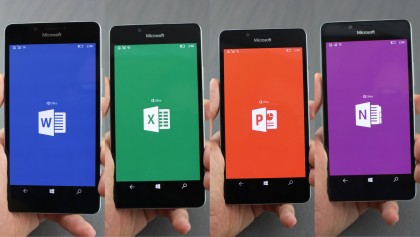The Lumia 950 and Windows 10 Mobile won't save Microsoft's phone business
But they're a great start

Just more than two years after the release of the last widely available Windows Phone flagship, Microsoft has gifted the mobile world with a couple of brand new high-end handsets in the Lumia 950 and Lumia 950 XL. And not only does this mark the release of a new set of flagships, but the 950 and 950 XL also herald the official debut of Microsoft's latest refresh of its mobile OS in Windows 10 Mobile.
Needless to say, this is an important time for Microsoft. Following its acquisition of Nokia's phone division, which previously dominated the Windows Phone landscape, Microsoft is hoping to find that special formula to remedy Windows Phone's rather anemic market presence. It's definitely tempting to be cynical when considering similar past efforts from the likes of the defunct Palm and struggling BlackBerry.
But while things may seem dire when looking strictly at Windows Phone's dwindling market share (now under 3%), there are some genuinely exciting aspects of Windows 10 Mobile and the new Lumias that lend a modicum of hope to Microsoft's ambitions for mobile.

One Windows
Part of that hope lies in Microsoft's unification of the Windows ecosystem under Windows 10, and the company's approach with Windows 10 Mobile reflects that. Flying in the face of its competitors' approaches, Microsoft's feels fresh. Where Apple keeps iOS and OS X as distinct, separate entities with a little overlap, Microsoft has gone all in with one unified platform across all device categories. And where Google's Android is largely a singularly mobile affair, Microsoft has packed a whole desktop computing experience into your pocket with Continuum.
One of the more intriguing benefits of this top-down unification is the flexibility it affords developers through the Universal Windows Platform. In theory, since developers can rely on one code base that works across Windows 10 and Windows 10 Mobile, we could see a boom in the number of high-profile apps available for the platform. This would remedy the single biggest complaint, and subsequent barrier to entry, for potential Windows Phone buyers: the dreaded App Gap.
Of course, it's still early days, and whether developers embrace this aspect of Microsoft's approach remains to be seen. Still, when developers can target a behemoth desktop audience and the mobile sphere with a single code base, it's reasonable to assume that some big names will follow. And indeed, we've already seen a bit of this with the news that Twitter, Facebook, and Instagram are all planning to support Windows 10. Add in Microsoft's "bridges" for porting apps over from competing platforms, and it seems Microsoft is doing everything it can to cater to developers - something that ultimately benefits consumers. When compared to the iOS App Store and Google Play, it's clear that Microsoft has a long road ahead, but the App Gap looks far more surmountable than it did even at the start of the year.
Are you a pro? Subscribe to our newsletter
Sign up to the TechRadar Pro newsletter to get all the top news, opinion, features and guidance your business needs to succeed!